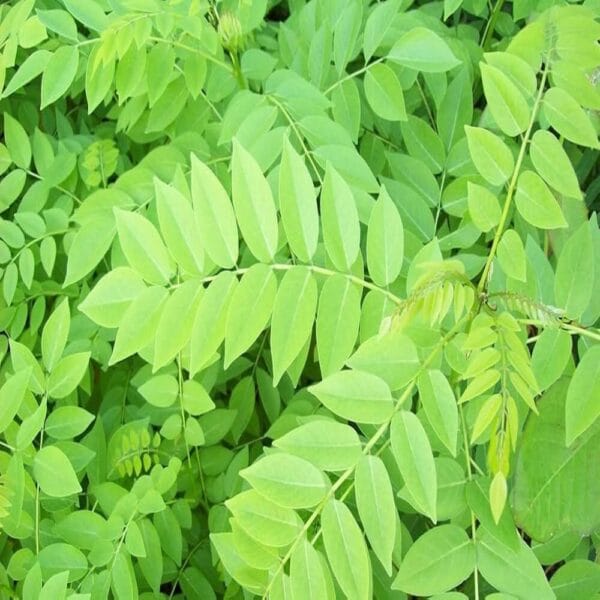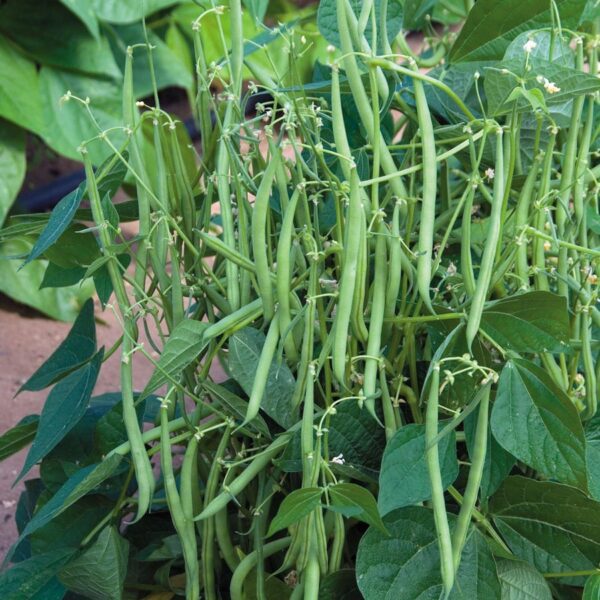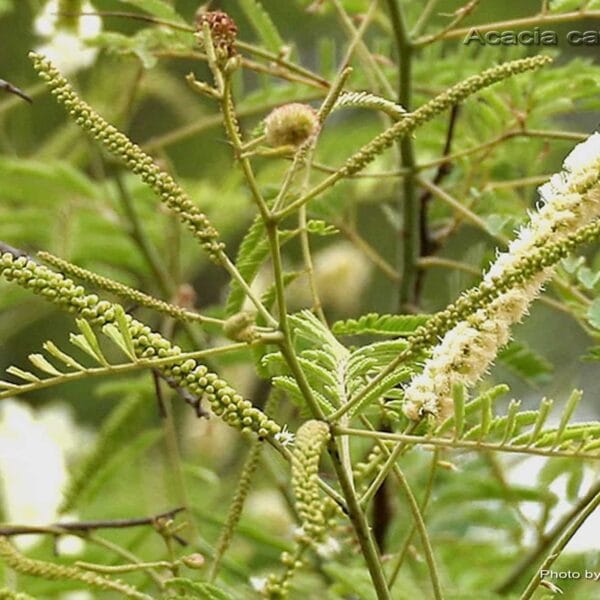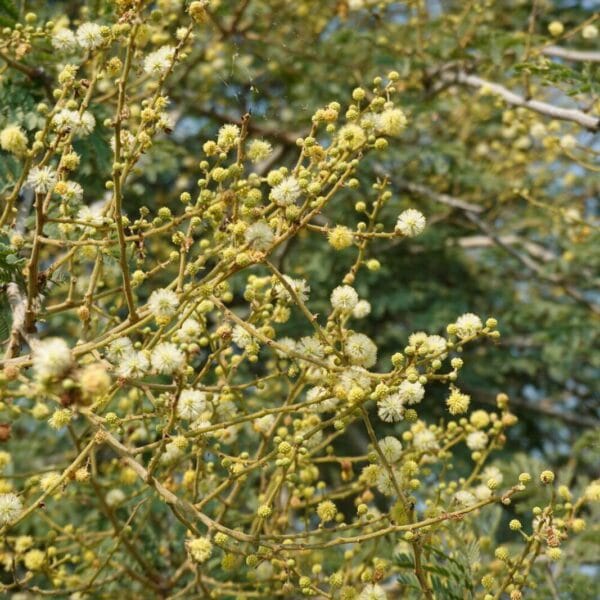Acrocarpus fraxinifolius, commonly known as the Pink Cedar or Munnuthy, is a large deciduous tree native to parts of South and Southeast Asia, including India, Nepal, Bangladesh, Myanmar, and Thailand. Here are some key details about this species:
Description
- Size and Growth: Acrocarpus fraxinifolius can grow up to 30-40 meters tall, with a straight trunk and a broad, spreading canopy. It is a fast-growing species.
- Leaves: The leaves are large, compound, and pinnate with 5-7 leaflets. They have a resemblance to the leaves of the ash tree, hence the name “fraxinifolius” (which means “ash-leaved”).
- Flowers: The tree produces small, inconspicuous greenish-yellow flowers. Flowering typically occurs before the new leaves emerge.
- Fruits: The fruit is a pod containing several seeds. The pods are long and slender, maturing during the dry season.
Habitat and Distribution
- Native Range: Acrocarpus fraxinifolius is native to tropical and subtropical regions of South and Southeast Asia. It thrives in moist, fertile soils and can be found in mixed deciduous and evergreen forests.
- Cultivation: The tree is often planted in plantations and agroforestry systems due to its fast growth and valuable timber.
Uses
- Timber: The wood of Acrocarpus fraxinifolius is highly valued for its quality. It is used in construction, furniture making, and for producing veneers. The wood is moderately durable and easy to work with.
- Shade and Ornamental: Due to its large size and attractive foliage, the tree is often planted for shade and as an ornamental tree in parks and along roadsides.
- Agroforestry: It is commonly used in agroforestry systems to provide shade for crops like coffee and tea and to improve soil fertility through leaf litter decomposition.
Environmental and Ecological Importance
- Soil Improvement: The tree contributes to soil improvement by adding organic matter through leaf litter. Its deep root system helps in preventing soil erosion.
- Biodiversity: It supports various forms of wildlife, providing habitat and food for birds, insects, and other organisms.
Conservation
While Acrocarpus fraxinifolius is not currently listed as threatened, its natural habitats are subject to pressures from deforestation and land conversion. Sustainable management practices are essential to ensure its continued availability and ecological benefits.
| Weight | 15 g |
|---|---|
| Dimensions | 15 cm |







Reviews
There are no reviews yet.